2018 was the year of the 29er for Yeti, releasing the well-reviewed SB130 and SB150. This year, the Colorado company is bringing back 27.5in bikes, with the SB165 released earlier this month, and now the more trail-focussed SB140 has been announced.
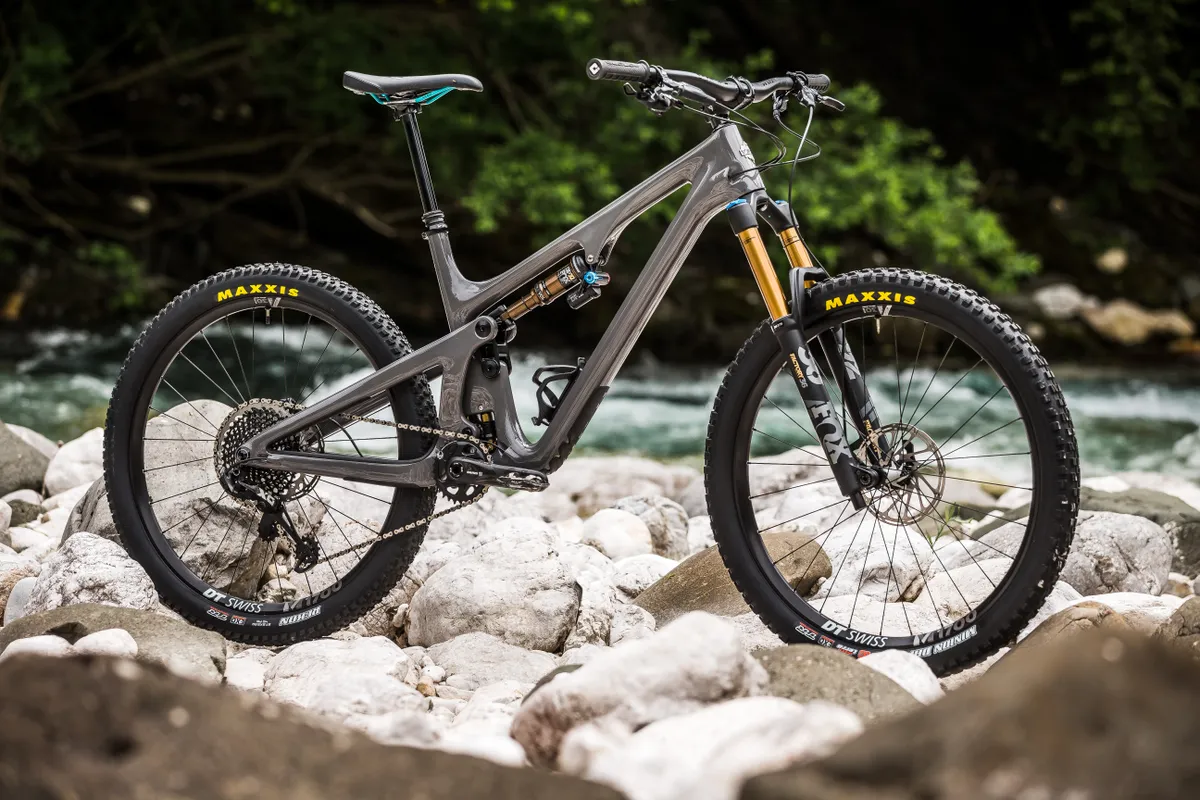
The SB140 has — no prizes for guessing this — 140mm of rear wheel travel that's teamed with a 160mm travel Fox 36 fork in all models.
The head angle is 65 degrees and the effective seat angle is 77 degrees, nodding to its all-round trail bike intentions.
Yeti SB140 frame details
At the heart of the SB140 is Yeti's now proven Switch Infinity suspension system.
The rear triangle is mounted on a lower pivot which, uniquely, slides on a pair of rails. As the suspension compresses, the pivot moves upwards a few millimetres until around the midpoint of the travel, where the pivot starts to slide downwards until bottom-out.
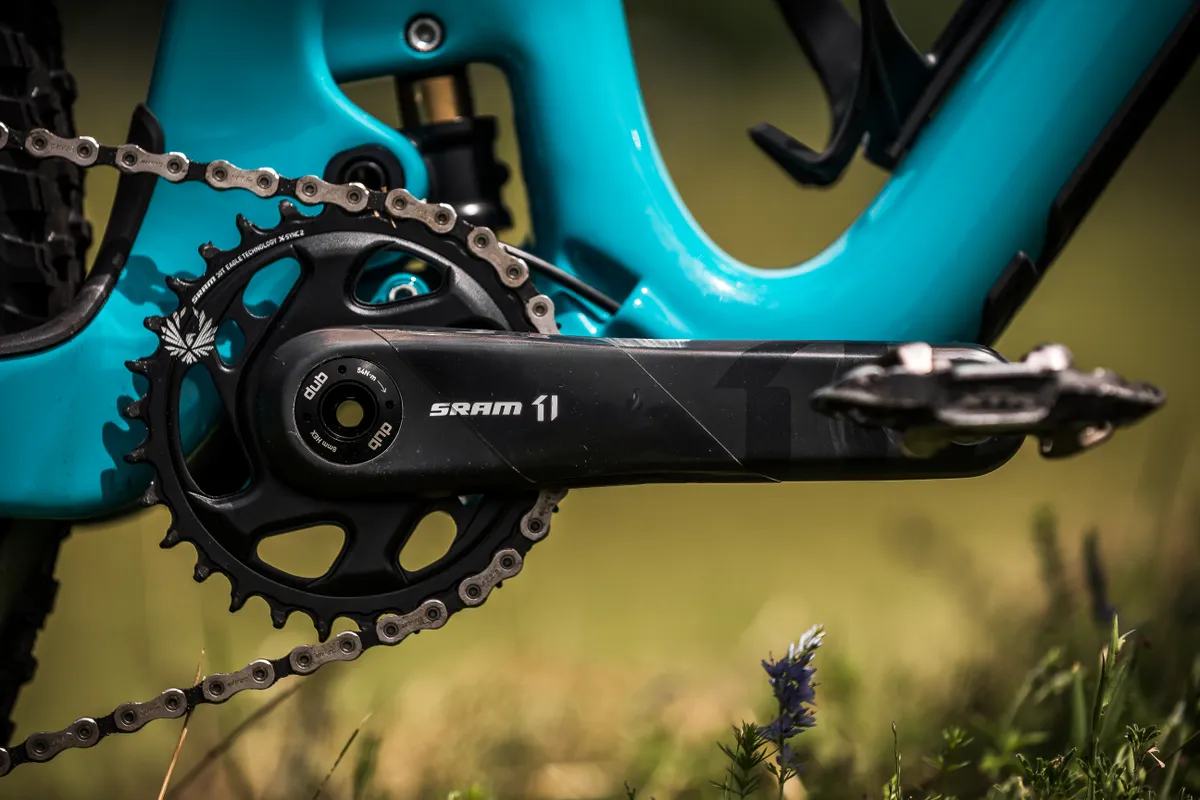
Along with the upper link, this allows Yeti to design the anti-squat (the force which resists pedal-bob) to be highest between about 20 percent and 50 percent of travel, before falling away sharply towards the end of the travel.
This makes for excellent pedalling support where it's needed, while minimising the associated pedal-kickback in the later half of the travel where it's not.
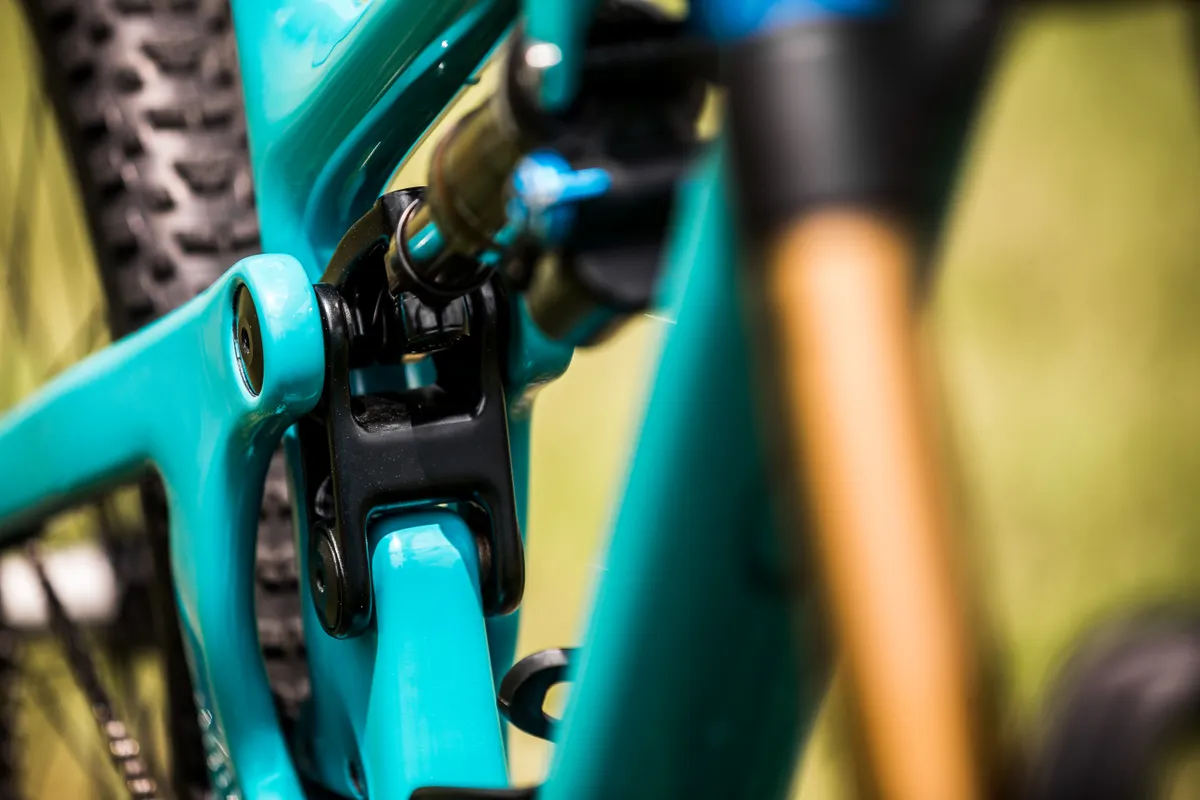
Handily, the Switch Infinity rails, as well as all the pivot axles and bearings, are common throughout Yeti's SB130, 150, 165 and 140 bikes, which should make getting spare parts easier.
Cable routing is particularly neat and internally channeled, so, according to Yeti, you should be able to simply push a new cable/brake hose into one port and have it pop out the corresponding port at the other end.
There's room for the (now obligatory) full-size water bottle too.
Yeti SB140 geometry
Yeti continues to be at the forefront of geometry trends, with steep seat tube angles, relatively slack head angles, short offset forks and generous reach numbers.
I measured the wheelbase, chainstay length and bottom bracket height on my XL test bike and my measurements matched up closely with the numbers on the chart below.
Believe it or not, it's not always the case that a manufacturer's geometry chart matches up with real-world measurements.
You'll notice the SB14o is available in an XS size. That's because Yeti no longer offers the Yeti Beti line of women's bikes in 2019, apparently due to a call from female employees who argued they simply weren't necessary.
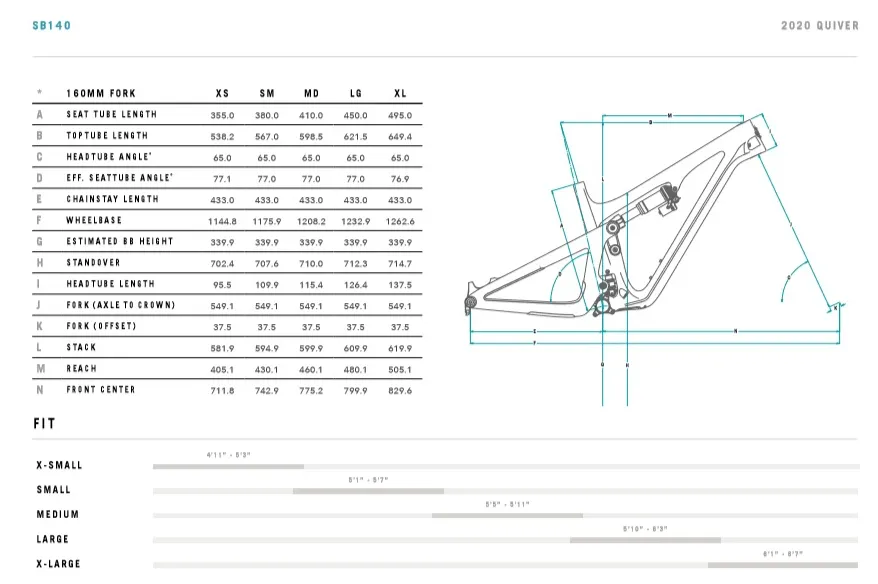
Yeti SB140 kit
The SB140 is available with two frame material options.
The Turq series frames are made with the highest grade of carbon fibre, while the C series frames use a slightly less refined carbon layup, resulting in a 220g to 250g weight penalty but no difference in stiffness, according to Yeti.
All bikes are equipped with Fox 36 forks, Fox DPX2 shocks, Fox Transfer seatposts and Maxxis 2.6in tyres.
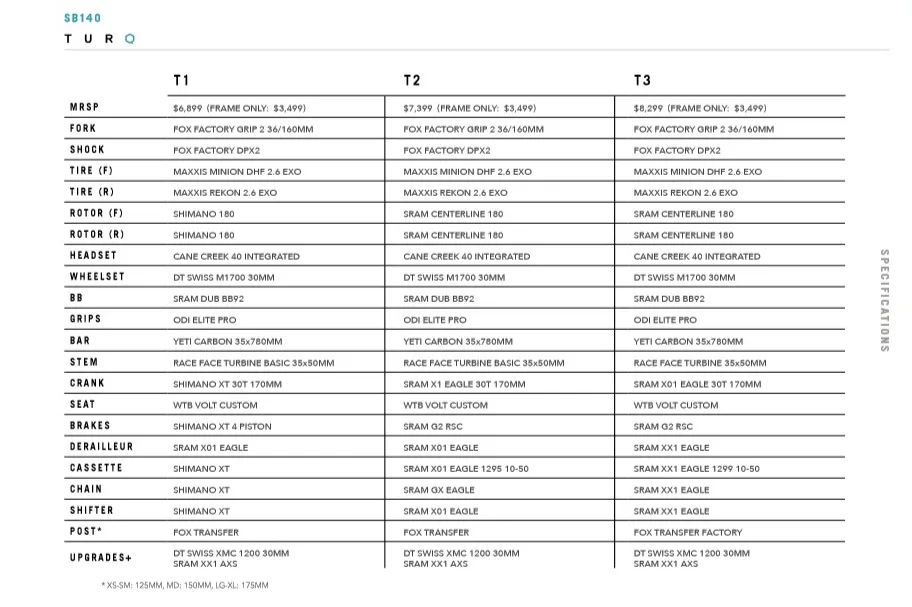
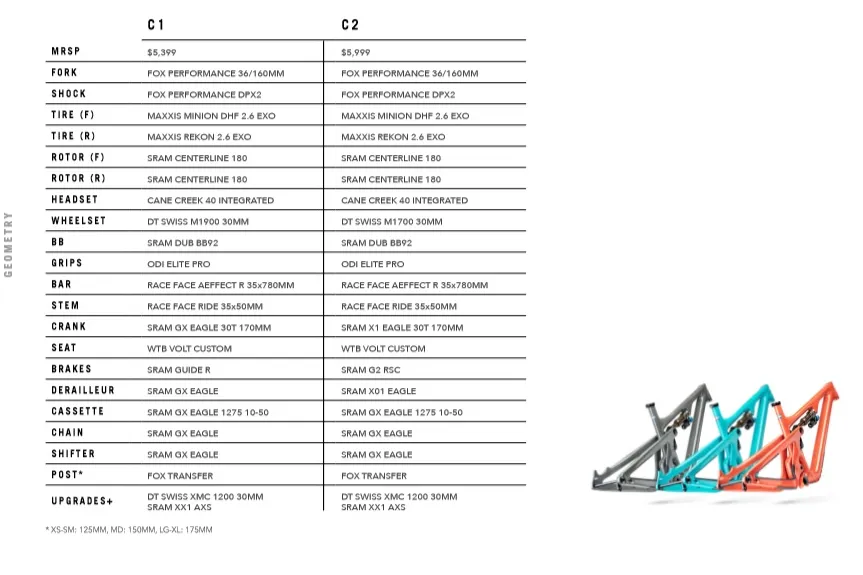
I weighed my T2 spec test bike on my own scales at a respectable 13.5kg. Not bad for an XL bike with tough alloy wheels.
My only gripes with the spec list are the brakes and rear tyre.
The SRAM G2 RSC brakes, combined with 180mm rotors, feel relatively weak compared to the SRAM Codes I've been spoiled with recently.
The set on my test bike may have been bled badly after being swapped to right-hand-front, because they started to become spongy on long descents.
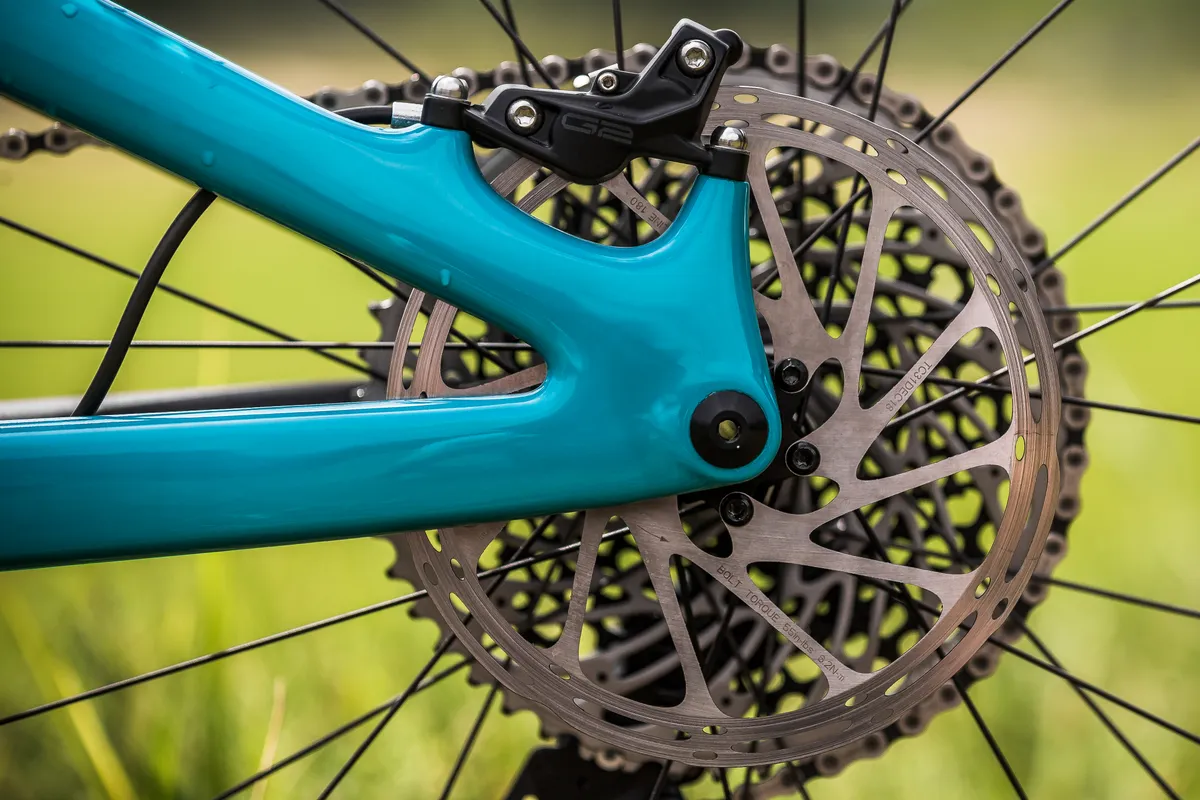
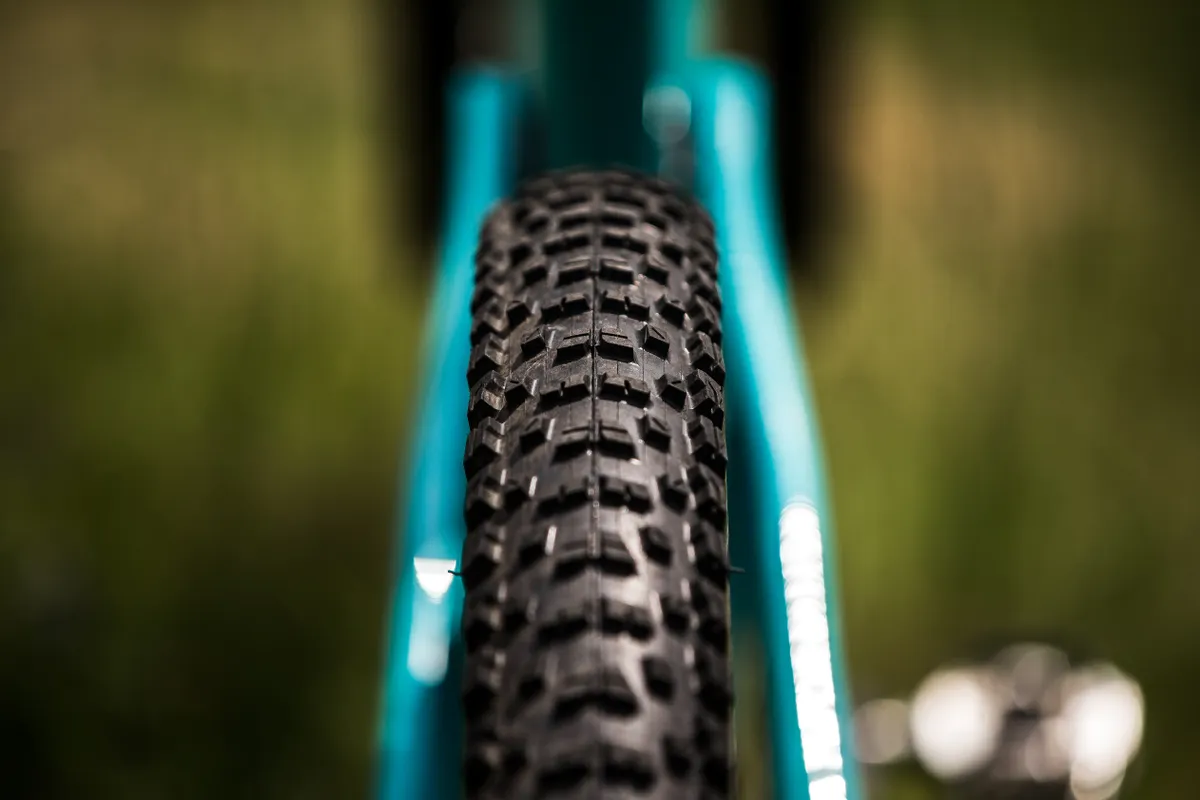
Yeti SB140 pricing
- SB140 C1: £5,299 / $5,399 / €5,990
- SB140 T1: £6,899 / $6,999 / €7,790
- SB140 T2: £7,299 / €8,190 / $7,499
Yeti SB140 T2 first ride impressions
As with the SB165, I was unable to get the handlebar high enough for my needs even after putting all the spacers underneath the stem.
At 190cm tall, I like a high front-end, and a longer reach requires a higher bar height to feel comfortable on the bike. The XL SB140's combination of a long (505mm) reach and relatively low (620mm) stack meant I was not able to stand as upright on the bike as I like.
This could be remedied by simply fitting a higher-rise bar, and it won't be an issue for shorter riders, but it's worth bearing in mind if you're tall.
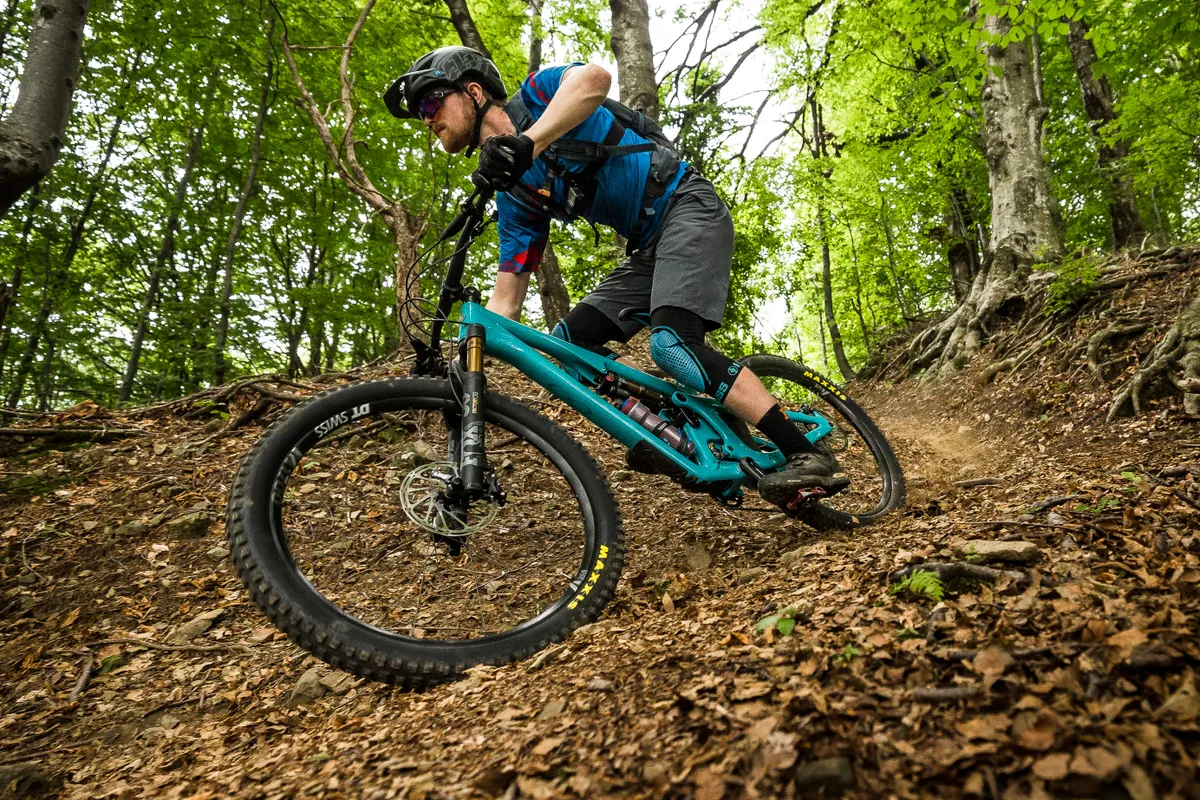
Unable to swap the bar, and with only one day on the bike, I couldn't get into a comfortable position, so it's difficult to say too much about how well the bike descends.
However, I will say that the rear suspension is not overly progressive, using full travel from 30 percent sag quite readily. Of course, this can be adjusted with a bigger volume spacer if need be.
The suspension doesn't lack support though, in fact it stays high in its travel and always responds well to pedal inputs or when pushing through a corner.
The 2.6in Maxxis Minion front tyre is plenty grippy, but the Rekon out back is easy to lock up under braking, and the SRAM G2 brakes, with 180mm rotors, take a bit more squeezing to slow down after a long descent than I'm used to.
Of course, this could be remedied with bigger rotors. I suspect the brakes on my test bike weren't perfectly bled either because the lever stroke increased throughout the ride.
Despite these gripes, the SB140 is a seriously capable bike. The geometry package is undeniably stable and potentially easy to ride fast, while the suspension is stable and responsive.
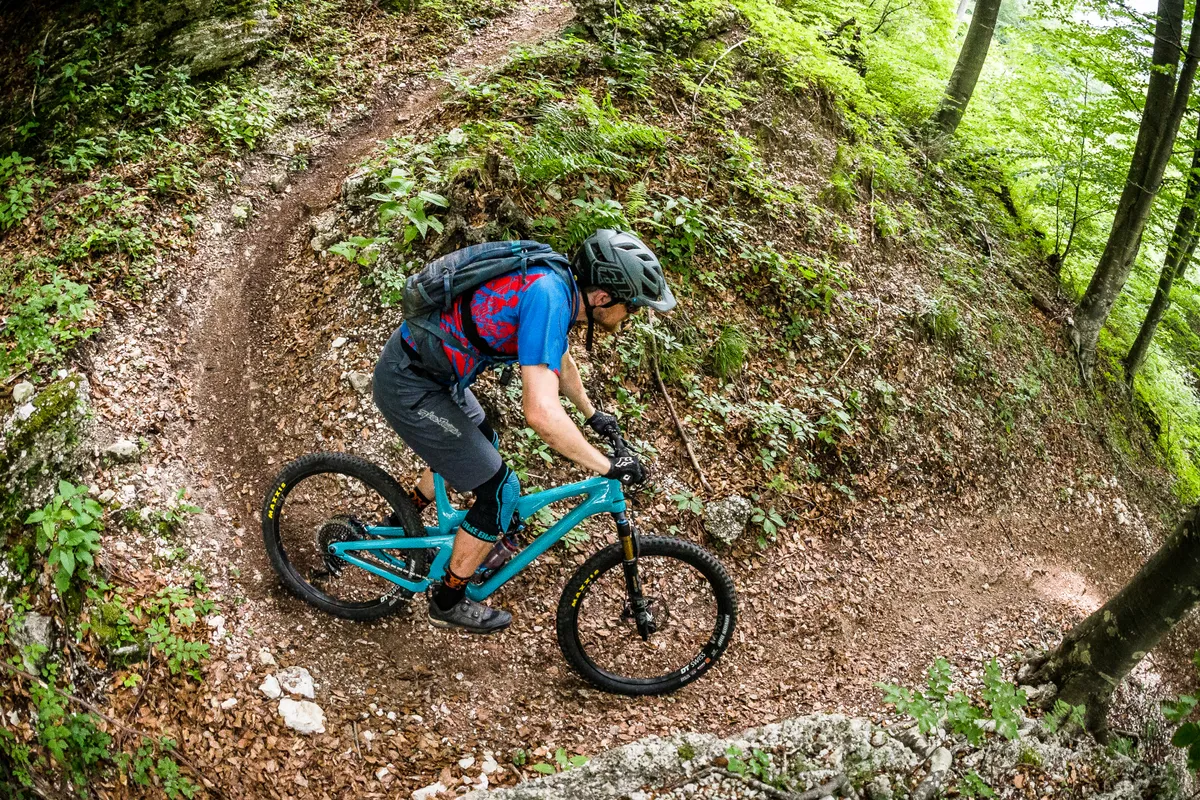
When climbing, however, I felt instantly comfortable. The steep seat-angle puts the hips nicely over the bottom bracket, making it easy to attack steep climbs without having to pull your face towards the stem with elbows bent like a T-Rex.
The suspension stays high in its travel and is remarkably steady under power, so the bike is stable and efficient when mashing the pedals.
The 2.6in tyres help here too, particularly over bumpy ground, where a bigger tyre actually rolls faster as well as being more comfortable.
Yeti SB140 T2 early verdict
Flat-out uphill and potentially very capable coming back down, but tall riders like me may struggle with bar height.

